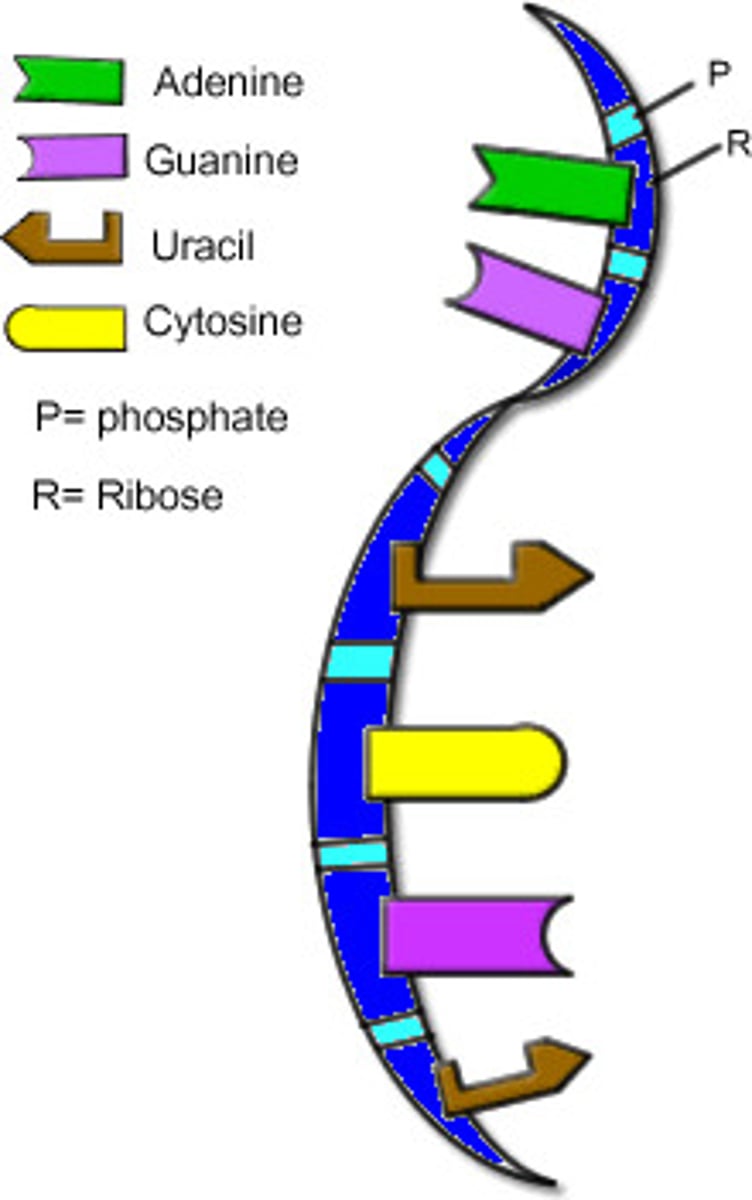bio 1081 LO
1/39
There's no tags or description
Looks like no tags are added yet.
Name | Mastery | Learn | Test | Matching | Spaced |
|---|
No study sessions yet.
40 Terms
list the 3 domains in which all living organisms are currently classified.
bacteria, archaea, and eukarya
Define biological evolution
change in inherited characteristics driven by natural selection
Describe Darwin's theory of natural selection
how species evolve through survival and reproduction
List five common misconceptions about evolution
Evolution is a theory about the origin of life
-Evolution only occurs slowly and gradually
-Humans can't influence evolution
-Genetic drift only occurs in small populations
explain the key overarching themes of biology.
Organization, Evolution, Information, Interaction, Energy and Transformation
Give examples how isotopes can be used in biological research and medicine
they can be used for radiation to target the cancer cells rather than everything, saving what is still needed in the body to function. These isotopes help assess the spread of the cancer and minimize it.
Explain the discrete energy levels in which electrons orbit the nucleus of an atom and how this is related to potential energy
the electrons have potential energy that is related to their position, and the amount of potential energy impacts how it orbits around the dense nucleus.
Compare and contrast the different types of chemical bonds and interactions discussed, and what causes them
Covalent bonds are the strongest, while van der Waals interaction is the weakest bond. Ionic and hydrogen both have similar bond energies.
predict how atoms such as C, H, O, and N share electrons in a covalent bond, the role of electronegativity, and the potential for hydrogen bonding between molecules.
they would be more electronegative, and the potential for hydrogen bonding would be in the middle.
Describe what occurs during a chemical reaction, including the causes
molecules come together and the original substances ( reactants) break down to form new bonds (products)
List the emergent properties of water that are important for biology, being able to describe the cause of each property and give examples of impacts on living organisms.
1) cohesion: explanation: hydrogen bonds hold water molecules together. benefit to life: leaves pull water upward from the roots, seeds swell and germinate2) high specific heat: explanation: hydrogen bonds absorb heat when they break and release heat when they form, minimizing temperature changes. benefit to life: water stabilizes the temperature of organisms and the environment3) high heat of vaporization: explanation: many hydrogen bonds must be broken for water to evaporate. benefit to life: evaporation of water cools body surfaces4) lower density of ice: explanation: water molecules in an ice crystal are relatively far apart because of the hydrogen bonding. benefit to life: because ice is less dense than water, lakes do not freeze solid, allowing fish and other life in lakes to survive the winter5) solubility: polar water molecules are attracted to ions and polar compounds, making these compounds soluble. benefit to life: many kinds of molecules can move freely in cells, permitting a diverse array of chemical reactions
Explain the nature of acids and bases, and their relationship to the pH scale
acids: any substance that dissociates in water to increase the H+ of a solution is called an acid. the stronger the acid is, the more hydrogen ions it produces and the lower its pH.bases: a substance that combines with H+ when dissolved in water, and this lowers the H+, is called a base. therefore, basic (also known as alkaline) solutions have a pH above 7.
explain what pH buffers do, the mechanism by which they do it, and why their function is important in living cells.
A buffer is a solution that can resist pH change upon the addition of an acidic or basic components.2) It is able to neutralize small amounts of added acid or base, thus maintaining the pH of the solution relatively stable. This is important because a small change in pH can change the shape of the enzyme.
Name and describe the reactions that are involved in the formation of polymers from monomers, as well as the formation of monomers from polymers
monomers form polymers through dehydration synthesis and polymers form monomers through hydrolysis.
List the most common monosaccharides, their molecular formula, and draw a picture of their overall structure.
glucose, fructose, and galactose. C6H12O6
Describe the factors that limit cell size
surface area to ratio volume
List the structures that all cells have, describing the composition and function of each of these structures
cytoplasm, ribosomes, plasma membrane, nucleus/ nucleoid
List the basic cellular characteristics that distinguish between prokaryotic and eukaryotic cells
prokaryotic: no membrane bound organelles, smaller nucleoid
eukaryotic: double membrane, larger cells, nucleus
Describe the impact of compartmentalization on eukaryotic cells, including the structures that allow eukaryotes to achieve this compartmentalization.
It helps specialize, increases surface area, and supports specific metabolic functions. Compartments include plasma membrane cell wall mitochondria, chloroplast, and cytoplasam
Describe the structure and function of the eukaryotic nucleus, nucleolus, and DNA within the nucleus.
nucleus- double membrane enclosed organelle that carries most of the genes, has a nuclear envelope which is perforated by pores, Nuclear side of the envelope lined by the nuclear lamina nucleolus- in non dividing nucleus, rrna is synthesized here, dense mass that hold chromatin in specific location
List the different components of the eukaryotic endomembrane system and describe the composition, shape, and location of each.
nuclear envelope- lipid bilayer and encloses the nucleus
Golgi apparatus- consist of flattened membraneous sacs called cisternae
cis face-receiving end
transface- shipping end
lysosomes- membraneous sacs that is made of enzymes
vacuoles- large vesicles that come from the colgi and ER
endioplasmic recticulum- network of membraneous tubeals and scas called cisternae, has a ER lumen (cavity)
Describe the function(s) of each of these components, listing the types of cells which contain them and what they use them for.
nuclear envelope- protects nucleus, and lets material in and out
Golgi apparatus-where the products of the rough er are modified, stored and sent out
lysosomes- digesting agent, recycle damaged organelles
vacuoles- not in all cells, reserve organic compounds, can protect and sometimes play a role in growth
smooth er- synthesis of lipids, metabolizes carbohydrates, detoxes and stores Ca ions, involved in sex hormonesRough er- secretes proteins produced by ribosomes
Describe the structure and function of chloroplasts and mitochondria, listing the types of cells which contain them.
Chloroplasts- contain chlorophyll and enzymes that function in photosynthesis has three compartments the inner membrane, the stroms, and the thykloid space converts light energy into chemical energy
Mitochondria- Has an inner membrane space and mitochondrial matrix, cells can have more than one and it is the site of cellular respiration
Describe the probable evolutionary origin of chloroplasts and mitochondria in eukaryotic cells, listing the evidence for the leading theory.
prokayotes had two outer membranes which became the double membrane of the mitochondria and chloroplast, also contain ribosomes and circular DNA, also are independent. Can grow and reproduce by themselves
Compare and contrast the structure and functions of different fibers in the cytoskeleton.
Microfilaments- facilitate cell division by forming contractile rings.
Microtubules- made of alpha and beta tubulin, support the motor protein.
Intermediate filaments- provides strength for cells between microfilament and microtubules.
Describe the role of microtubules and motor proteins in intracellular transport.
produce the movements of flagella and cilia which involve large motor protein know as Dyneins. Dynein has two "feet" that move along microtubules using atp
Describe the composition and functions of the cell walls and extracellular matrices surrounding the plasma membrane of many eukaryotes
the cell wall protects the cell, maintains shape, and prevents excess water uptake.
EMC supports the cell and is made of glycoprotiens and other carb containing molecules the most abundant is collegen
Identify the different cytoskeletal elements involved in cell movement, and describehow they accomplish it.
microtubules- acts as tracks along which organelles and motor proteins can move
microfilaments- interacts with microtubules to cause the contraction of cells
a functional group
carbonyl
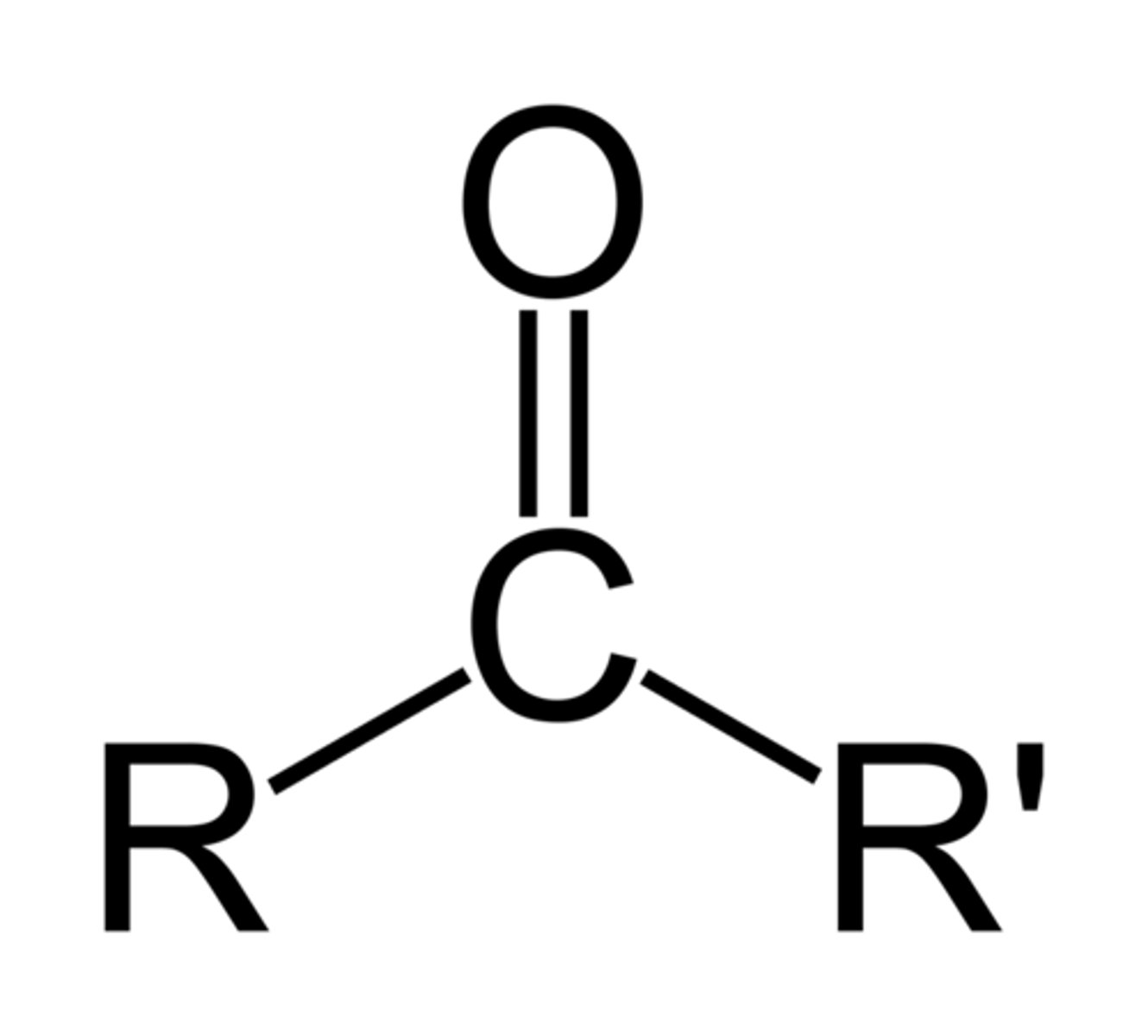
a triglyceride
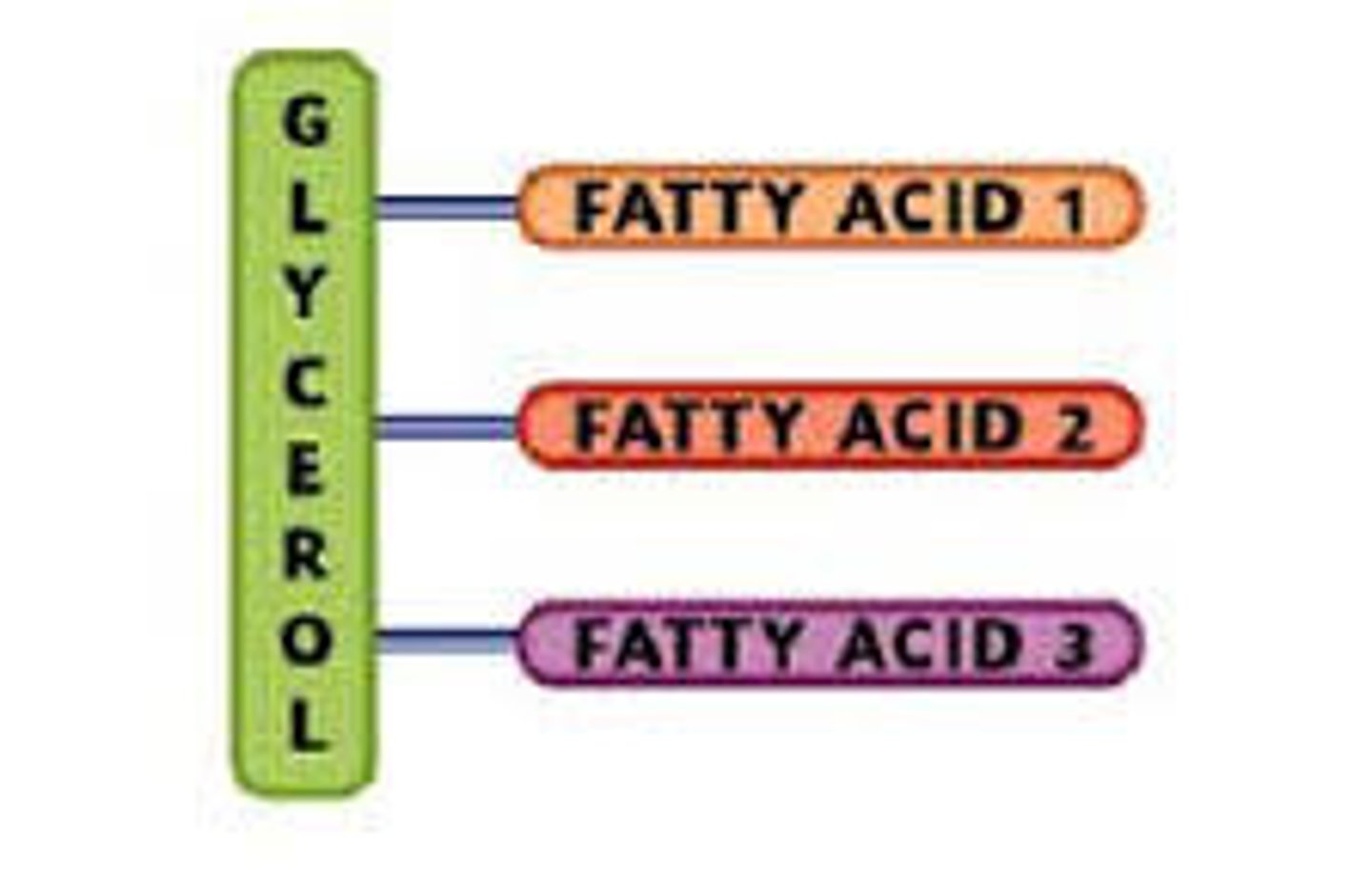
a phospholipid
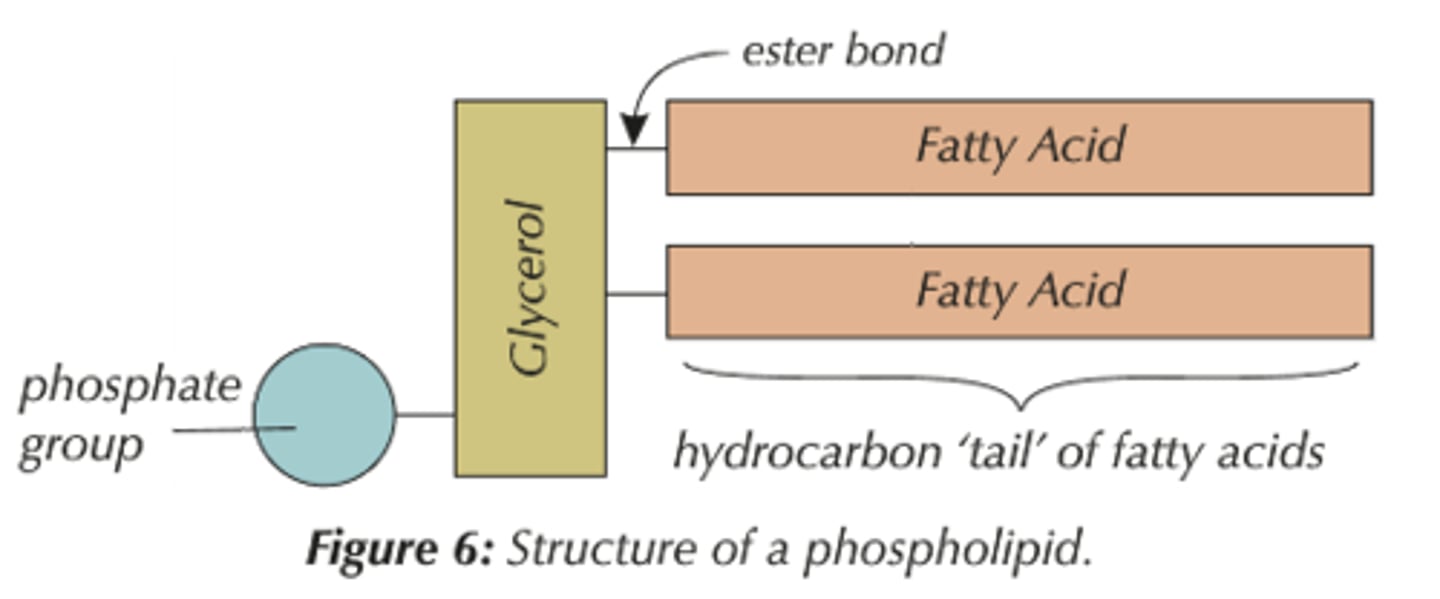
dehydration synthesis
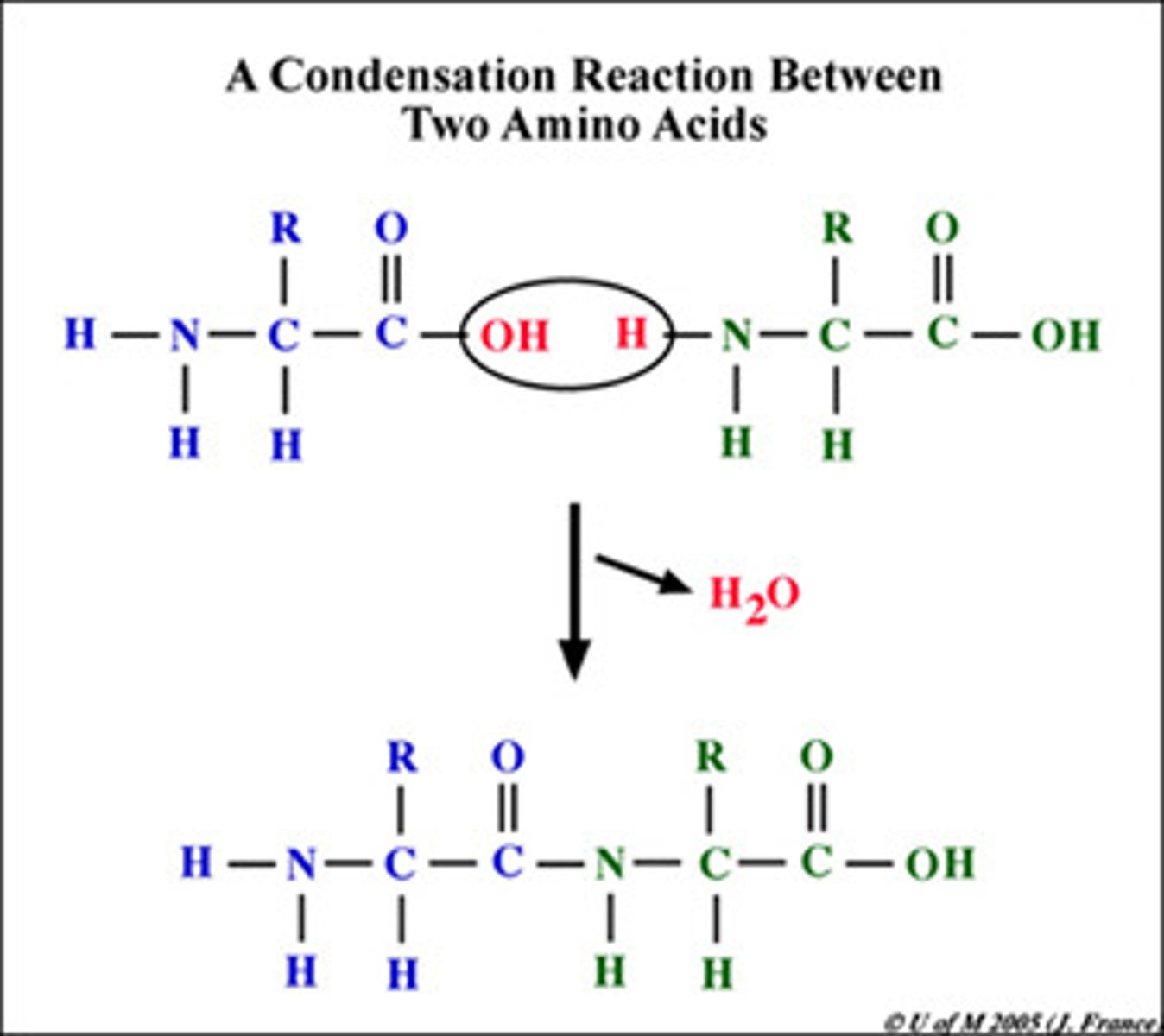
hydrolysis
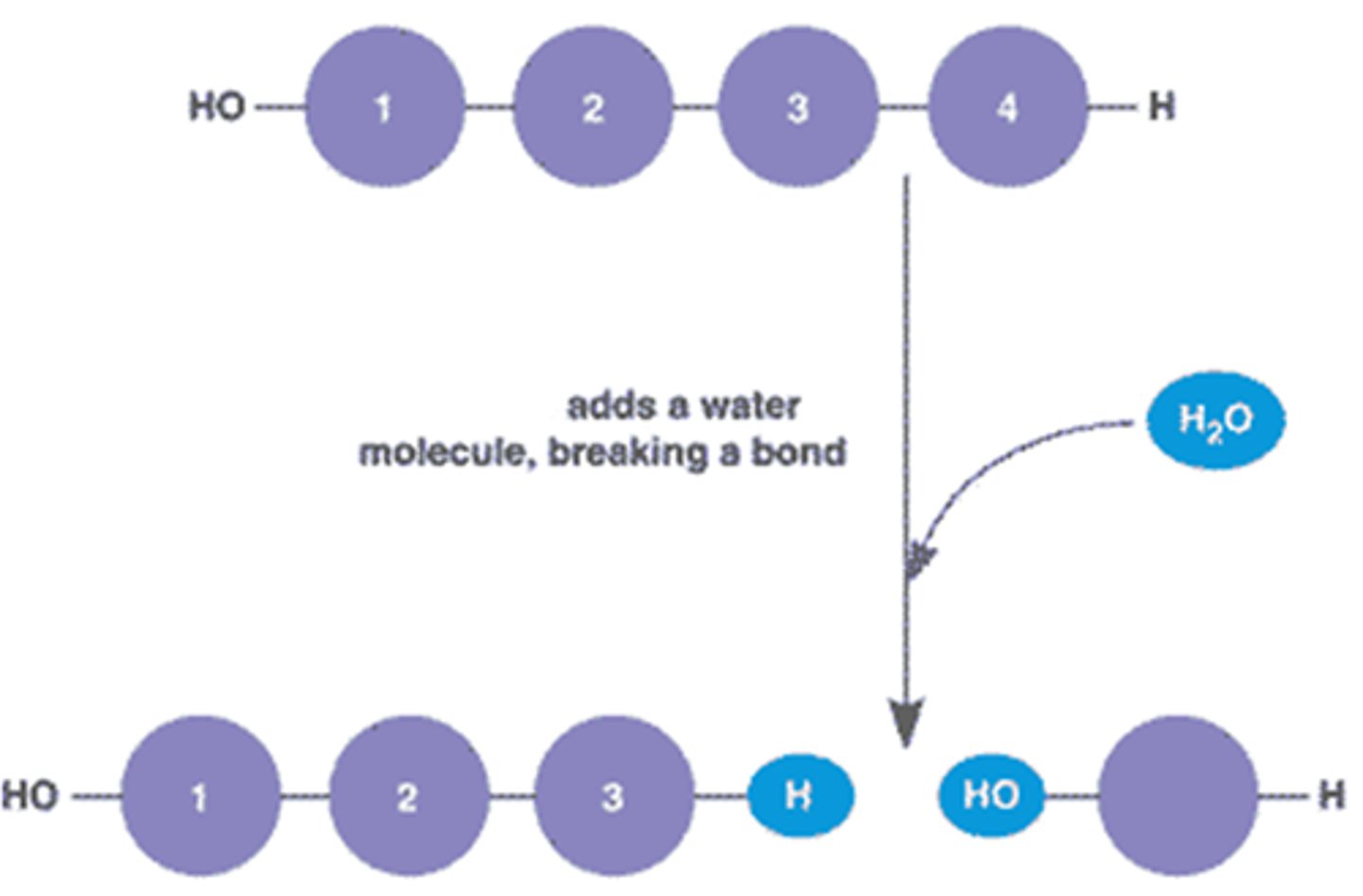
water molecule
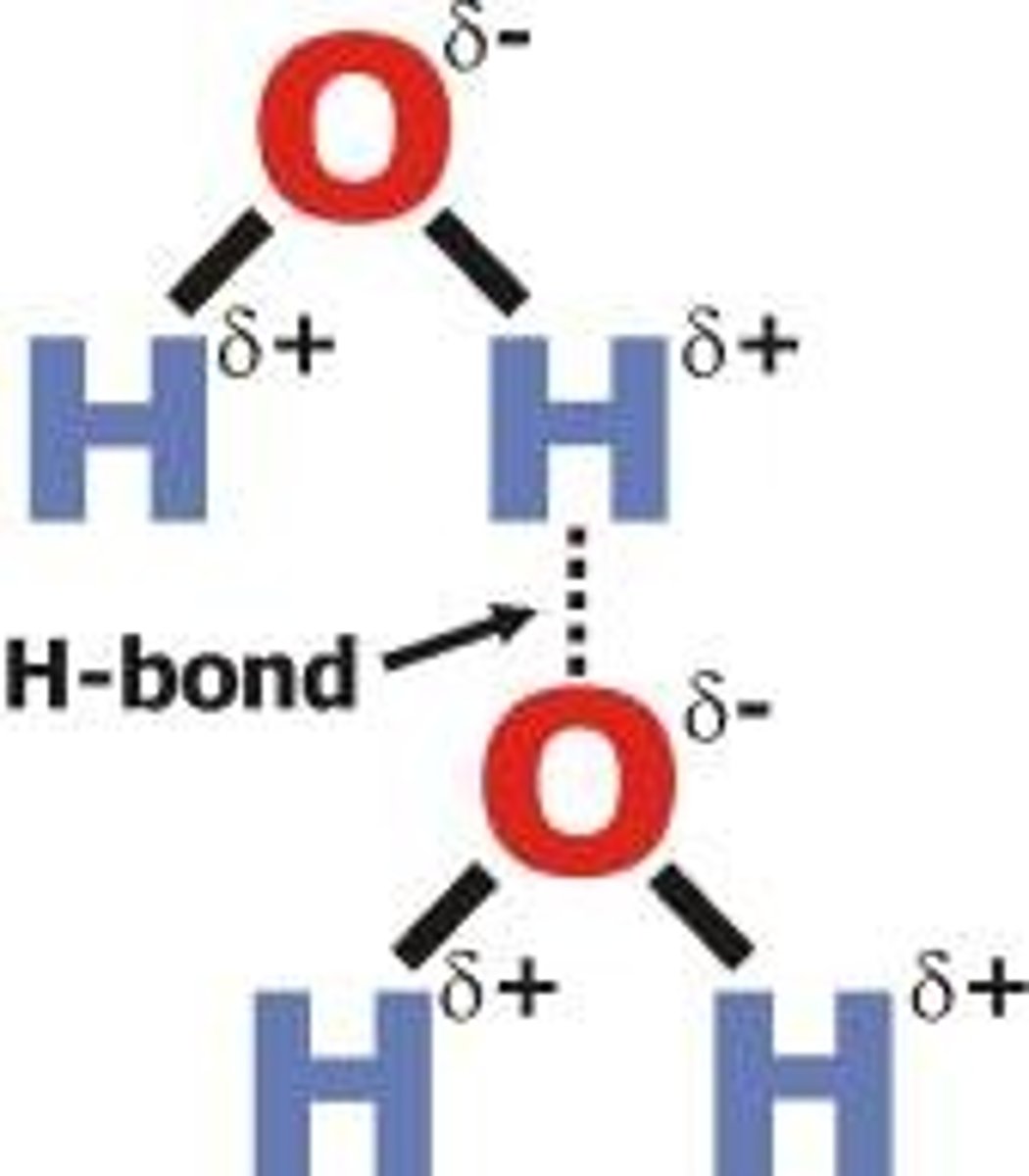
polar covalent bond
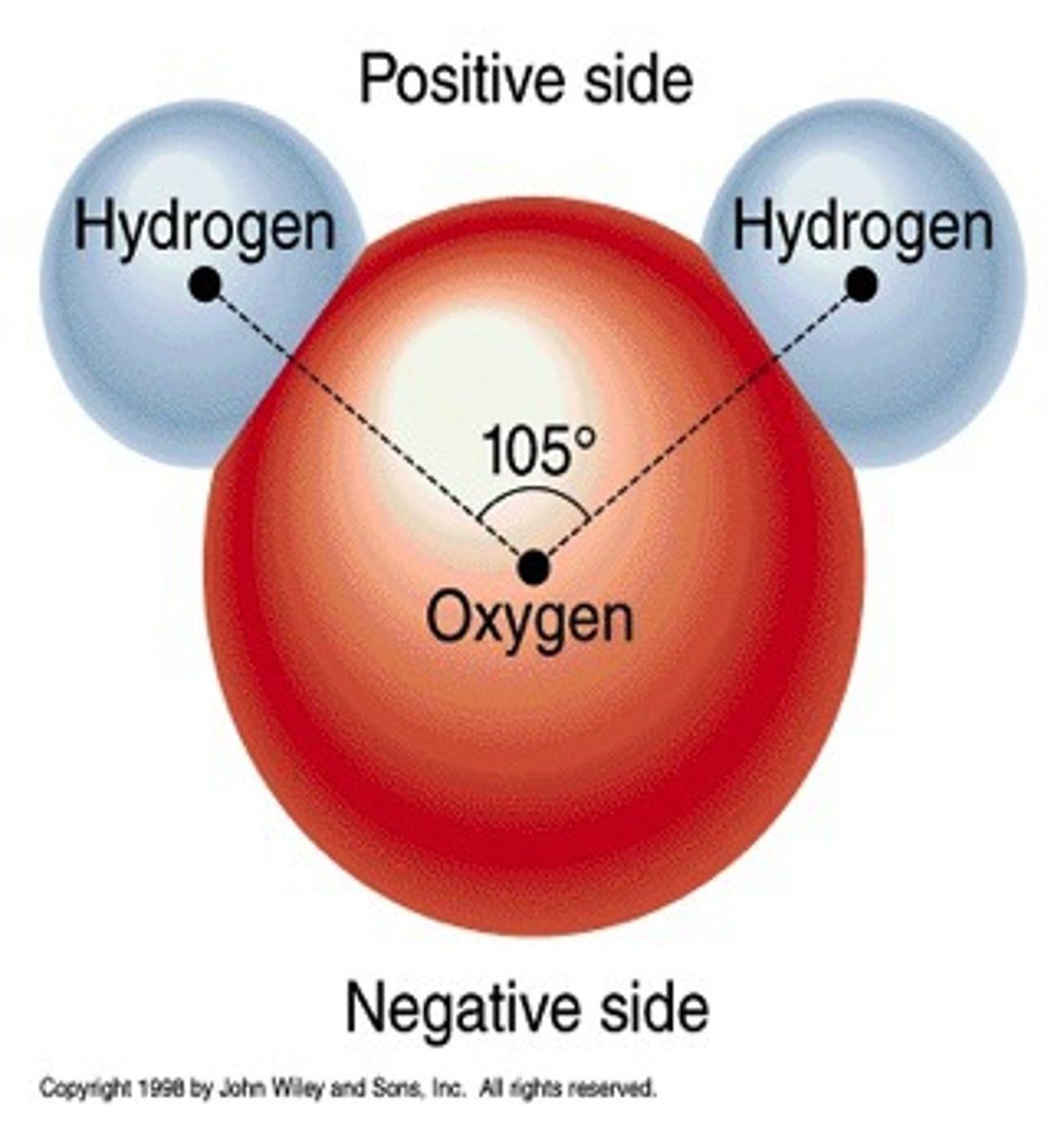
nonpolar covalent bond
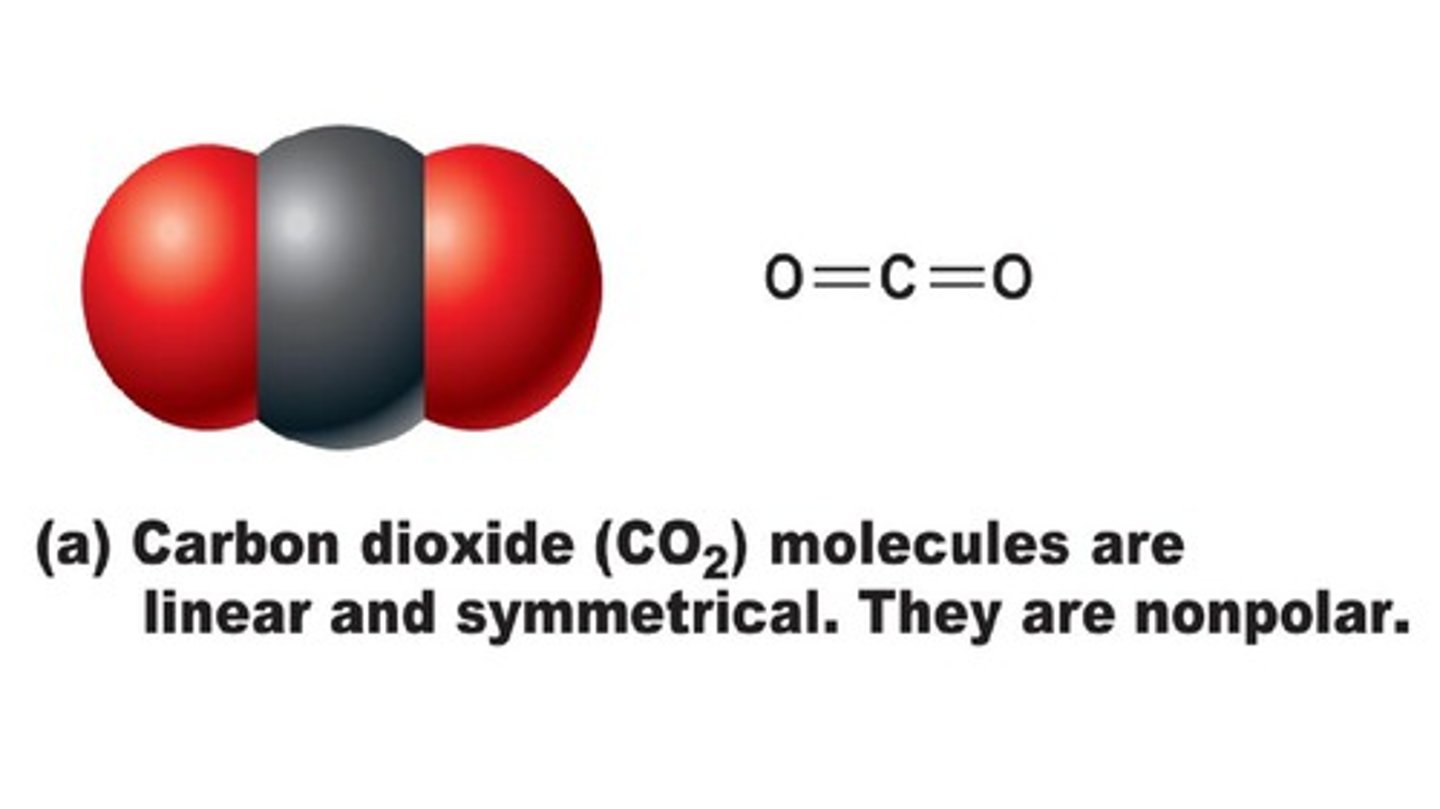
amino acid
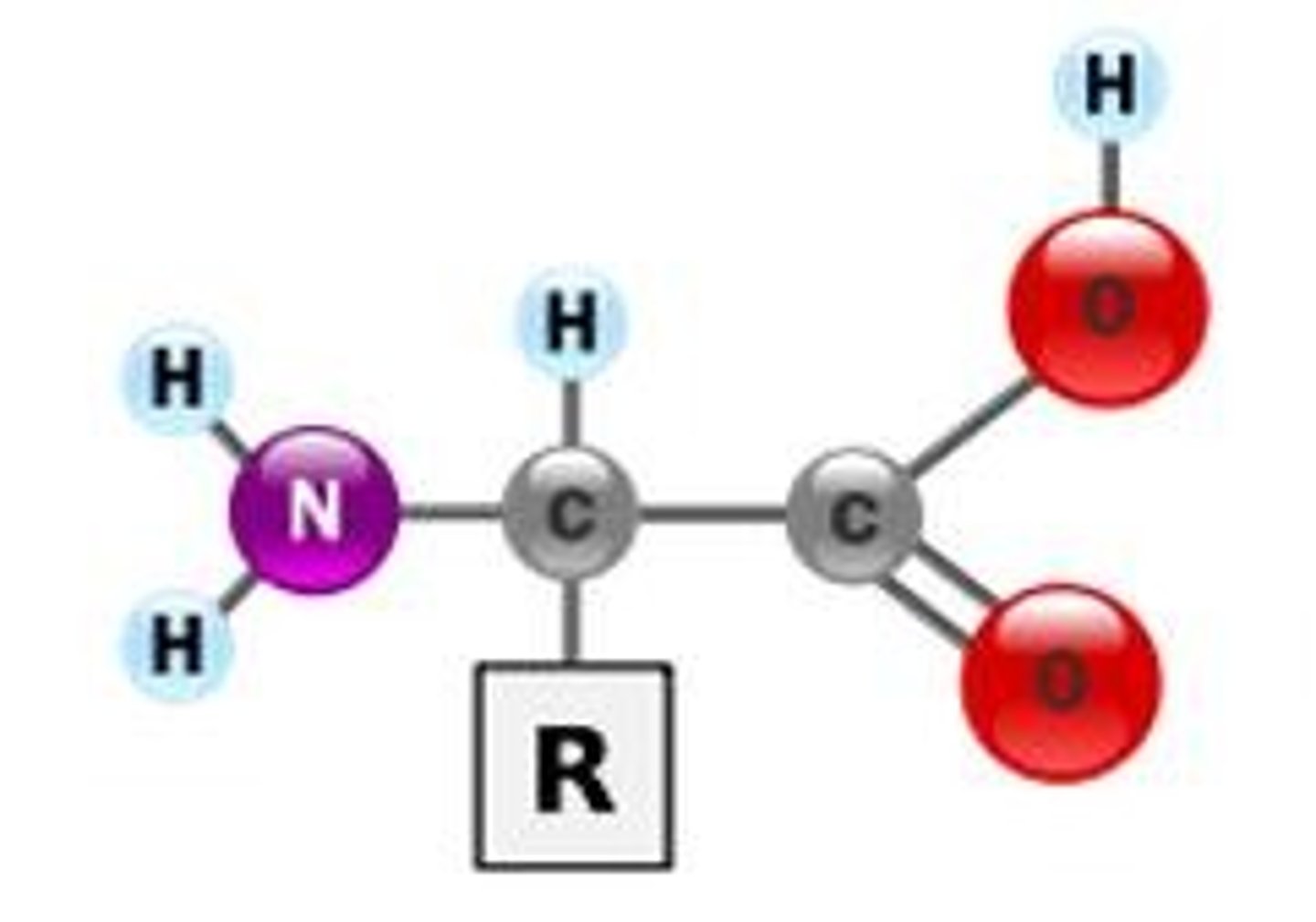
nucleotide
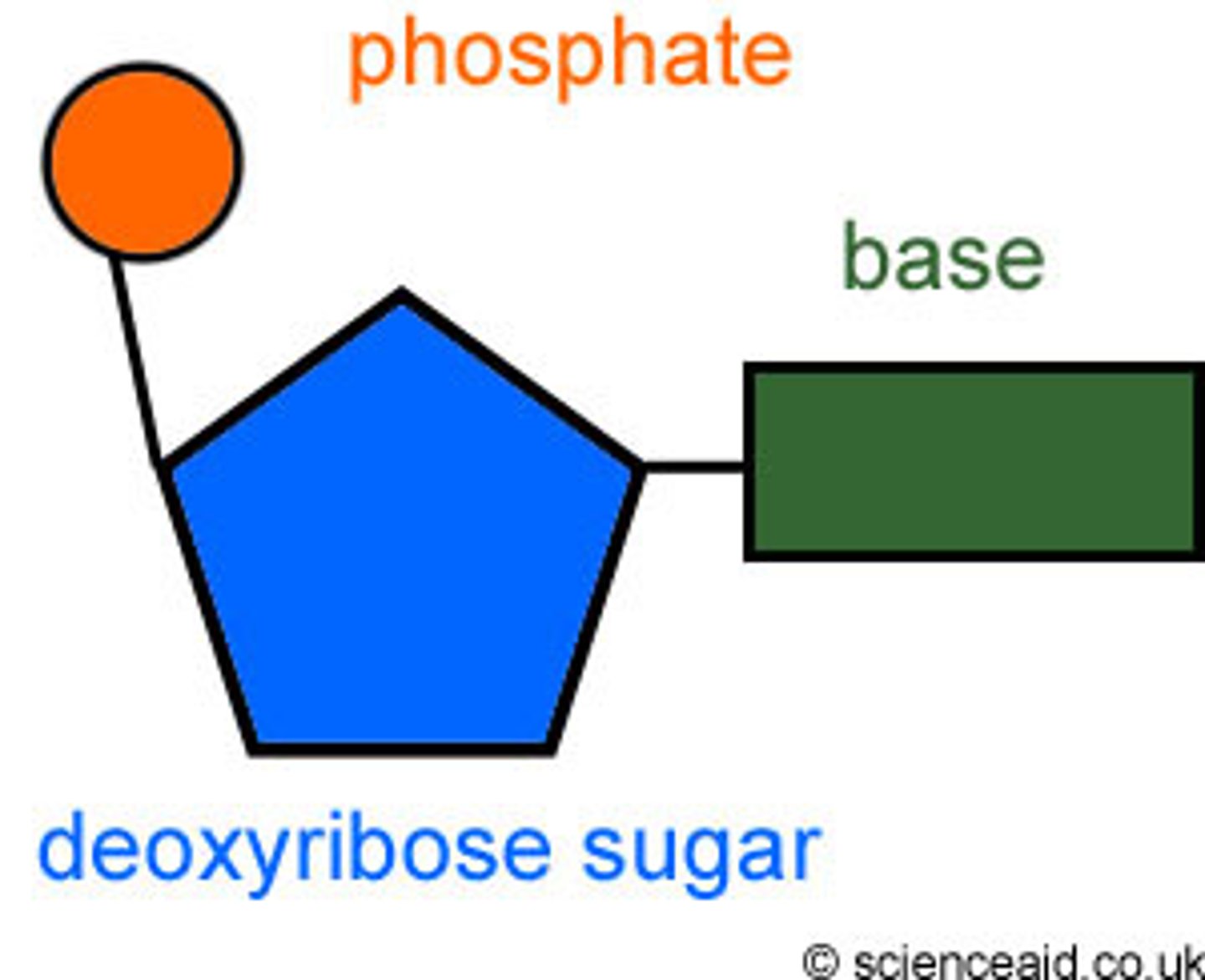
dna
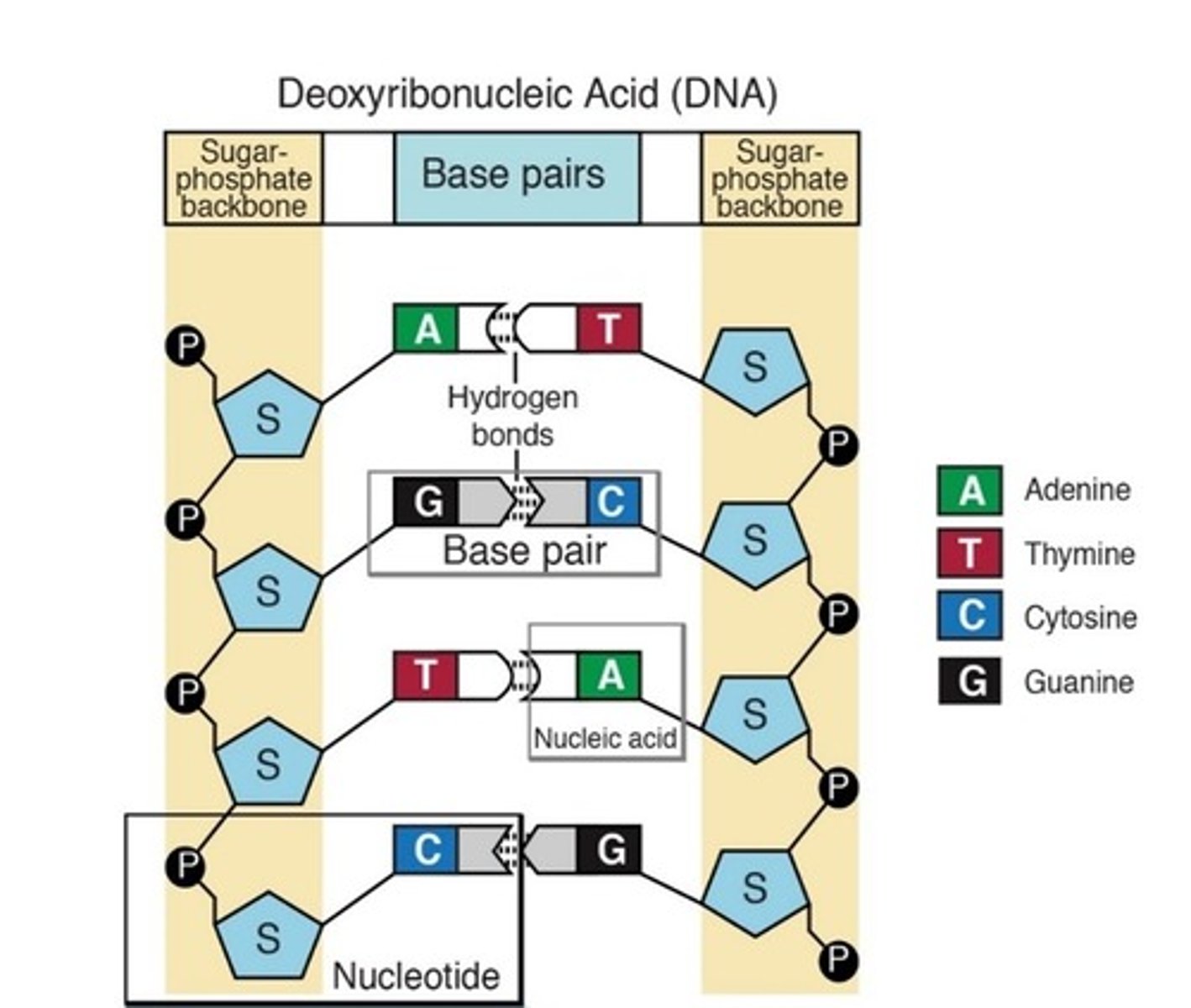
rna
